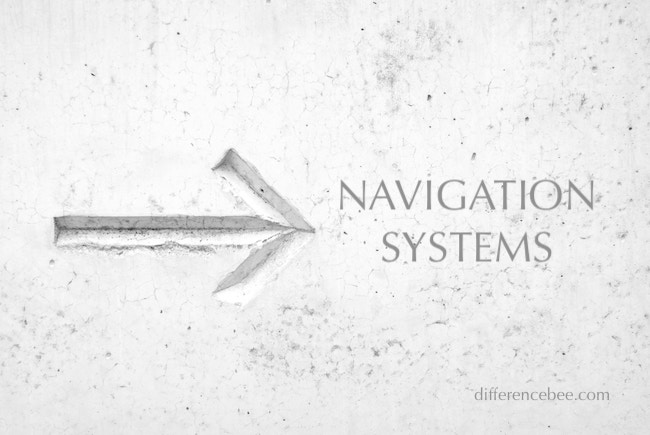
Most of us are familiar with GPS, we use it when we have to travel between locations, or to trace the location of something.
But did you know there's not just one, but several global navigation satellite systems working behind the scenes to make sure you never get lost? Let's take a journey through the differences between NavIC, GPS, GLONASS, and Galileo.
GPS: The Global Standard
When it comes to navigation, GPS (Global Positioning System) is the name everyone knows. Developed and maintained by the United States, GPS uses a constellation of satellites to beam signals to your devices. These signals help your smartphone, car, or even your smartwatch calculate your position on Earth with incredible precision.
Whether you're navigating a road trip or tracking a hiking trail, GPS has become the go-to technology.
GLONASS: The Russian Contender
GLONASS (Global Navigation Satellite System) is Russia's response to GPS. GLONASS also relies on a network of satellites orbiting the Earth, like GPS. GLONASS also provides positioning data for navigation.
Your devices can receive signals from both GPS and GLONASS, increasing accuracy, especially in challenging environments.
Galileo: European Counterpart
Ever heard of Galileo? No, not the inventor. It's Europe's own global navigation system. Galileo, operated by the European Space Agency (ESA), provides reliable and independent navigation services. With a growing fleet of satellites,
Galileo aims to offer even greater accuracy than its predecessors.
NavIC: India's Navigation System
Now, let's talk about NavIC (Navigation with Indian Constellation), India's very own navigation system. Developed by the Indian Space Research Organisation (ISRO), NavIC is designed to provide accurate positioning over India and the surrounding region.
NavIC is known for its accuracy in both rural (villages) and urban (cities) areas of India, making it an important tool for navigating in India.
Comparing the Quartet
So, what's the real difference between these navigation systems? It's all about origin, coverage, and purpose:
- GPS: The global pioneer, covering the entire world.
- GLONASS: Russia's counterpart, offering comprehensive global coverage.
- Galileo: Europe's precision player, designed to enhance accuracy.
- NavIC: India's local guide, excelling in regional precision.
All four have their strengths, but the important thing is that many devices (whether mobile or other digital devices) nowadays can tap into multiple systems at once, giving you an even more accurate and reliable navigation experience.
Conclusion
Whether you're using a GPS-enabled device, relying on GLONASS for remote travels, benefiting from Galileo's precision, or navigating with NavIC's local touch, the world of satellite navigation is at your fingertips.
So, the next time you're following your map app, remember that a constellation of satellites is working tirelessly above to guide you on your way.
